Blue Reflection: Second Light Review
Although I don't exactly have the fondest memories of the original Blue Reflection, I have mentioned many times on the RPG Site podcast that it was a game that had great potential but needed more time in development. The premise of the original title has you play as high school girls who travel into a parallel world created from negative human emotions known as the Common. The girls can transform into magical girls using the power of Reflector and fight the hostile beings there.
In Blue Reflection: Second Light, you play as Ao Hoshizaki. A strange incident has Ao warped into an empty school along with three other girls, but unlike her friends, Ao retains her memories and has a desire to return back home. However, with no clues of where to begin, the girls find a dangerous part of the school that is a manifestation of their memories known as the Heartscape. Inside this parallel world. the girls can use their Reflector powers to overcome various trials. With no idea where to start in finding a way back home, the girls decide to explore the Heartscape in search of clues.
Blue Reflection: Second Light is essentially divided into two segments, the social aspect as you explore the school with Ao and company, while combat is done in the Heartscape.
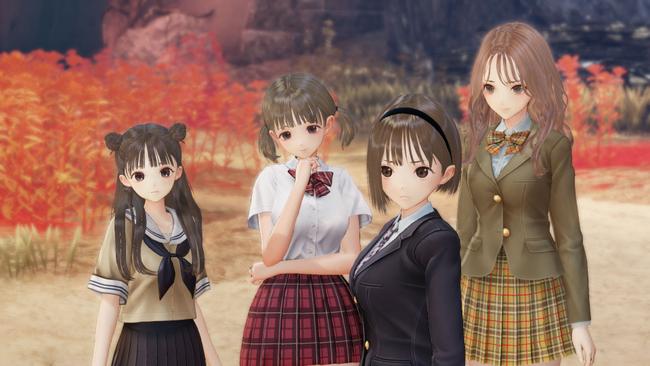
The story of Blue Reflection Second Light follows a formulaic approach. More often than not, the game exhibits a 'slice-of-life' style where Ao will spend a lot of time interacting with her friends. These interactions mostly involve Ao talking about silly, laid-back things to learn about each character's personality. A lot of the narrative that takes place in the empty school is usually cozy moments with the party members.
Meanwhile, when exploring inside the Heartscape, a tonal shift in the writing can be felt, as each character deals with a fragment of their memories often reflecting a negative moment from their past. Some returning characters from other Blue Reflection titles are also explored more in detail from this perspective.
That said, the storyline is not quite jam-packed with high-energy moments of action, and it instead revels in a slower-paced conflict. If players are expecting a big story with grand moments of stopping some world-destroying level threat, they might be disappointed.
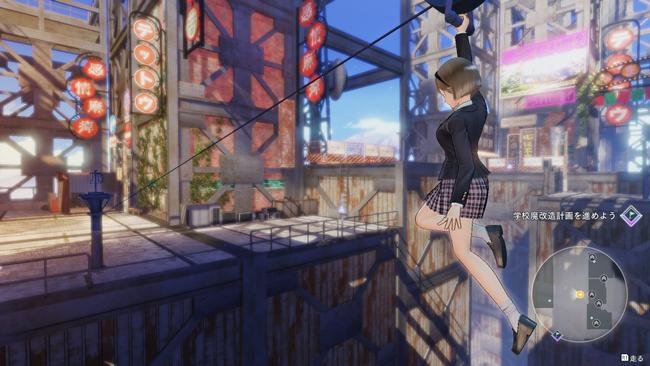
The dungeon exploration aspects of Second Light have been improved over the original, as the dungeons are no longer lifeless circular stages. They are now properly designed with an actual layout along with a mini-map. In these dungeons, you will find a massive amount of items that will be used for the game's crafting system, along with memory fragments that will provide a small flashback of the current dungeon holder. The crafting system is basically taken from the Atelier series, only without all the complexity - you simply just need to find the material to create the item. Depending on whichever party member you selected to craft, it will grant the item traits that make them more potent in battle.
Another new change in Second Light is that the jump button has been removed from exploring dungeons; this is replaced with the new Stealth mode. This function lets you sense the enemy line of sight to avoid monsters. Although most of these segments are optional, there are times where the game will require you to play in Stealth mode only.
The stealth mode is awkwardly implemented and oftentimes frustrating to play. There are moments where you can do an optional side quest that heavily involves the stealth mode, but usually, these quests stack the deck against you by swarming enemies all over the place, where going to the wrong location will reset the entire quest. It's simply too tedious to bother.
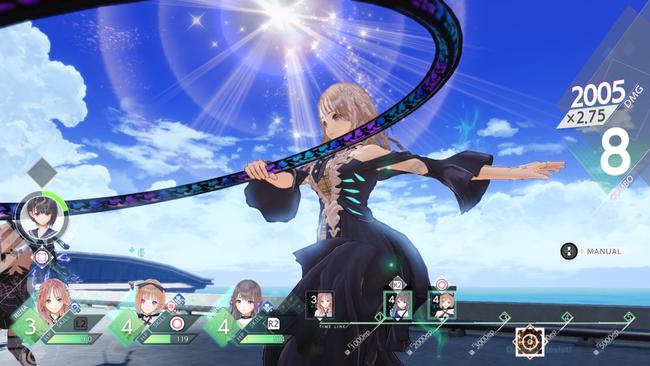
Blue Reflection Second Light’s combat system has been heavily tweaked for the better. It's even got a few quirks from Atelier Ryza 2, another game developed by Gust. The game uses a turn-based battle system where your allies build up Ether for how much time your characters have waited, and each action consumes a certain amount of EP (Ether Points) to perform. Stronger action requires waiting longer, or if you prefer to time your action with other party members. The benefits of performing combos will deal higher damage and, unlike the original, the characters don't automatically transform into their reflector form.
Characters need to perform certain actions to build up their Ether level. When the characters reach level 3, they will automatically transform into their Reflector form, giving them a massive power-up in battle. When you have more than three playable characters, a new support slot is added that can aid allies with buffs or items you have found.
Another function when encountering strong enemies is that certain conditions like knockdown and breaking enemy barriers can trigger a one-on-one duel. This will lead to a fast-paced turn-based battle that lasts as long as your timeline is available. This segment feels more like an action game and lets you dodge and counter enemy attacks with proper timing.
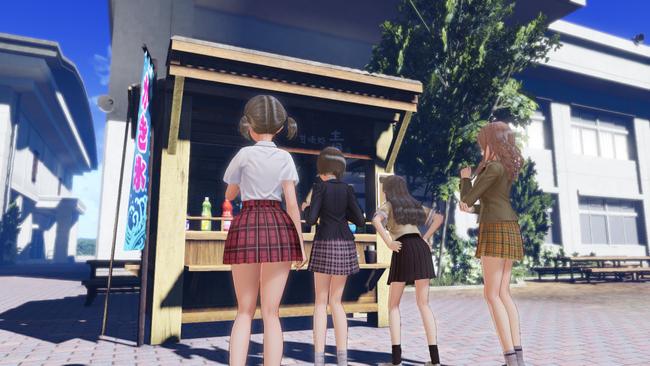
When not engaged in combat, exploring the empty school becomes a hub for all the game main's features. Since there aren't any NPCs besides the playable characters, you will need to take advantage of the crafting feature to get more items.
A big new feature in Second Light that takes advantage of the crafting system is the new school development system. The characters can collect materials from the Heartscape to develop new faculties in the school. Having new faculties will grant certain characters stat bonuses in battle. After a building has been developed, you can gather more materials to upgrade a faculty further to grant even more stats. The faculty also oftentimes become an interaction spot for the Date system.
On certain occasions, Ao can take the other main characters on dates, which will let Ao learn more about the other girls and their personalities. After viewing these events, you will be rewarded with Talent Points (TP) which will allow your characters to learn new abilities along with a Fragment piece that works as equipment. Talents have been refined for the better, as in the original game you just upgraded certain traits, relying on trial and error to develop the best ability.
In Second Light, every new Talent has a road map, so you can invest in which ability you prefer to learn rather than just resetting each time until you find your desired skill set. Gaining TP is rather limited, so it's best to choose each ability wisely. The Fragment system has also been changed as they no longer act as simple stat inflation pieces like in the original, and they now give characters a unique passive ability while taking a fragment slot.
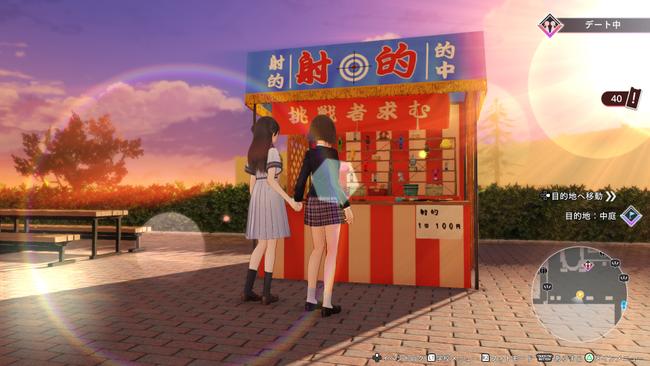
On the presentation side of things, Blue Reflection: Second Light doesn't look all that different from the original, but there are several improvements all across the board in a number of places. Dungeons have a much better aesthetic, the clunky movement of the original is gone, having a mini-map when navigating is useful, a better quick travel function, and the list goes on. For the soundtrack, Hayato Asano returns as the main composer. If you haven't heard his work, most of the newer titles from Gust have him as his leading composer, and these tracks are more often upbeat electric rock that is generally fantastic to listen to.
Blue Reflection Second Light is a great improvement over the original and a step in the right direction for the series. Almost every feature in the original has been refined. Although there are some interesting new ideas too, not all of them are implemented well, such as the new stealth system. Second Light is not a perfect game by any means, but it is a solid title to recommend for players that want something different from big-budget JRPGs and maybe prefer a game in a relaxed environment without trying to save the world all the time.